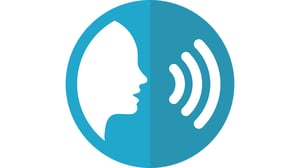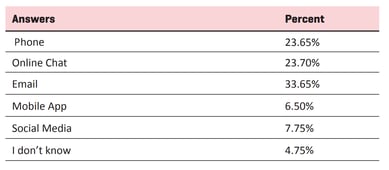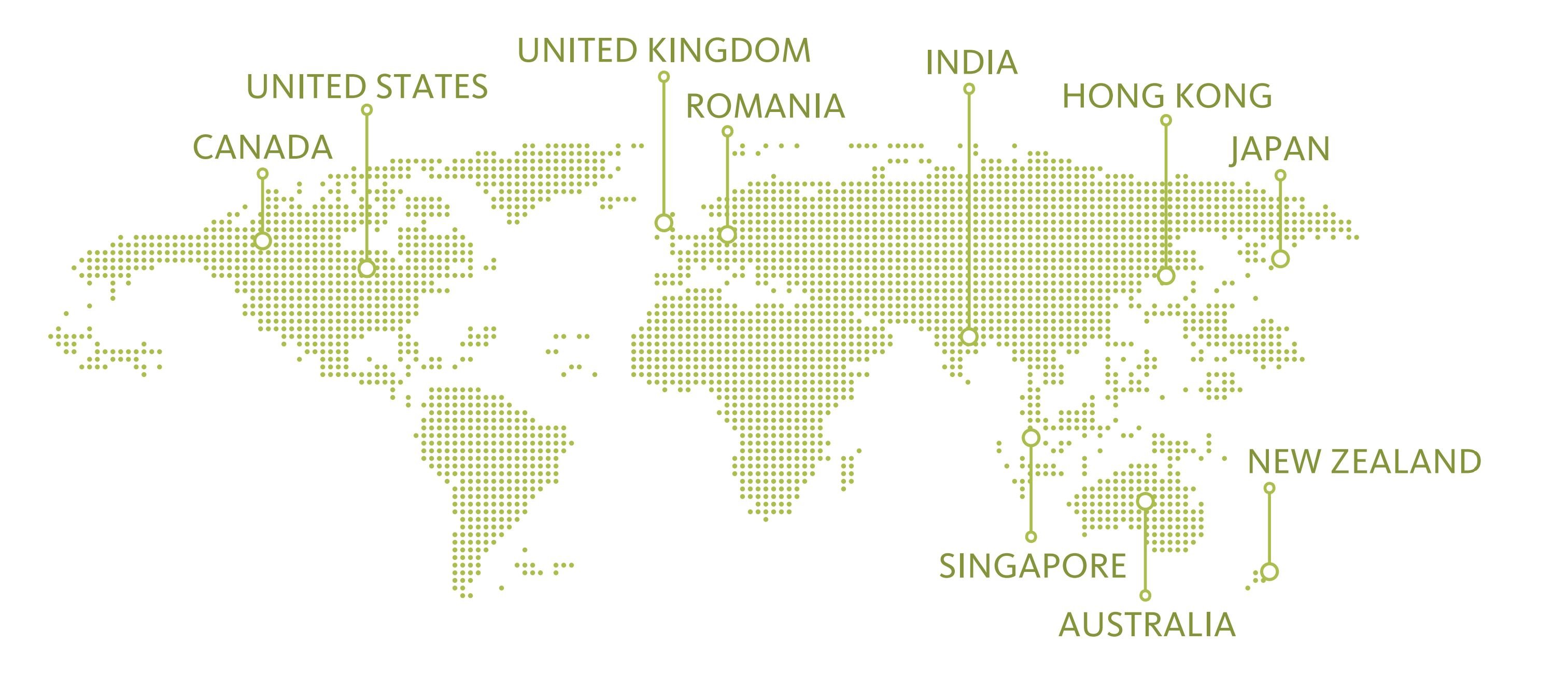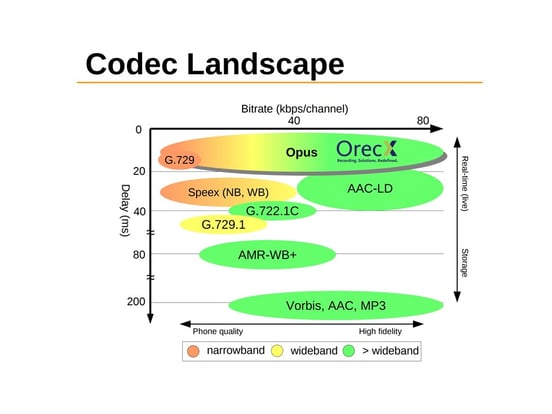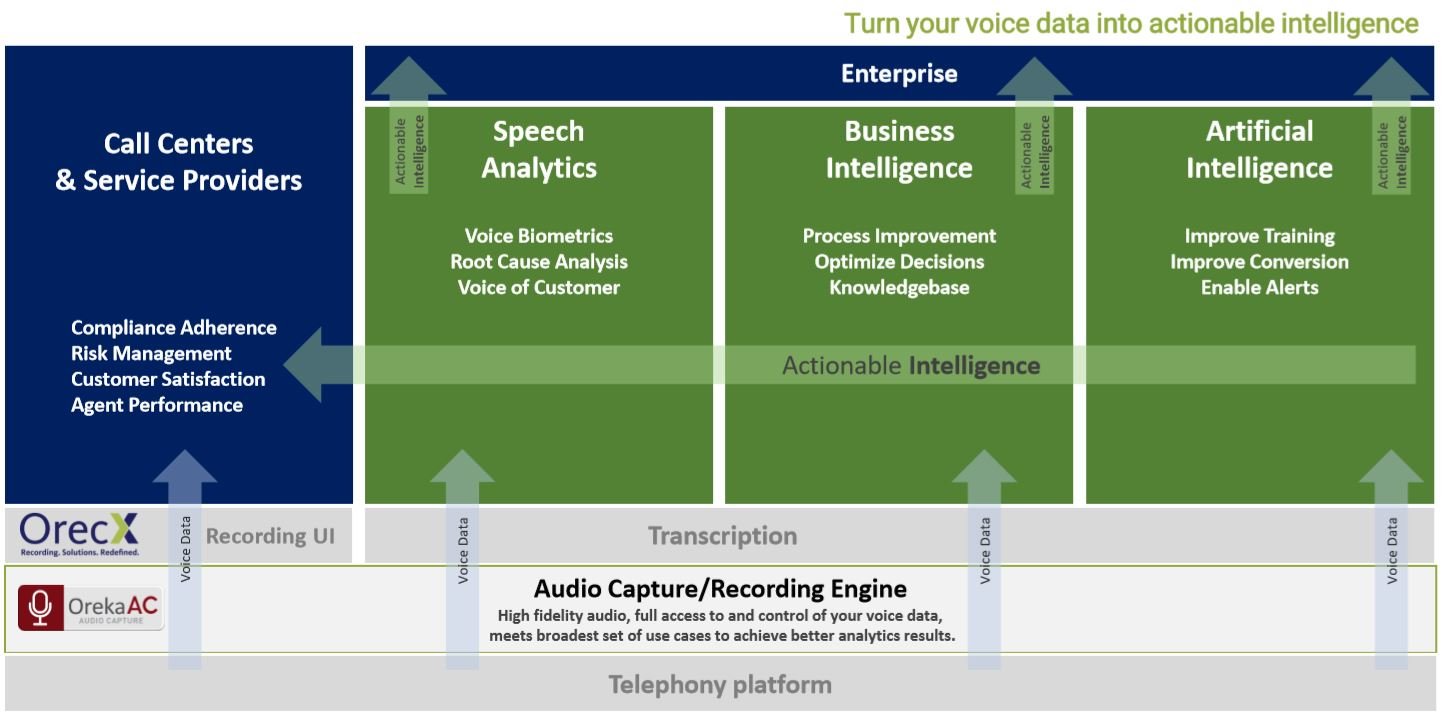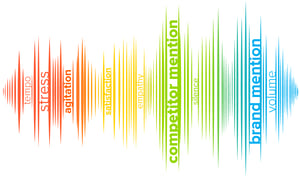The primary goal of voice recording in today's contact centers - for many - is to capture customer interactions and then feed them to a transcription and analysis engine to uncover key words and phrases that indicate underperforming agents, distressed customers, compliance infractions, etc. In order to be able to perform these functions, contact centers must be able to freely and readily access their voice data without impedance from the voice recording vendor.
Many recording vendors restrict access to voice and associated meta data or charge for it. Others output the data in a proprietary format that makes it difficult to share it with 3rd party apps for transcription, analysis, biometrics, and so on.
In short, you want to be in control of the recording application itself and have access to your recordings and what you can do with them once you gain access. And perhaps equally as important, you don't want to have to pay additional money to access your recordings. They're yours after all, and you should have unbridled access to them, whenever you want them. Better yet, you want them in real time so there is no delay in audio processing. Analyzing a call two days later and determining a customer may be in distress, is too late. You want that data immediately so you can thwart customer defections before they occur. The same goes for underperforming agents. You want to be able to pinpoint those shortcomings and provide adequate training right away.
The most versatile audio capture solution providers today offer a REST API to provide complete control over all aspects of the application within the existing platform framework or with third party applications. Does your vendor offer this?
In order to determine how much control you have over your voice recording application and the level of access you have to your voice data, try asking yourself these questions:
- What is the process and timeframe for accessing your voice recordings and associated meta data?
- Does your vendor charge for access? If so, how much?
- Is your voice data shared with you in a proprietary or open format?
- How quickly and easily can your voice data be ported over to your speech analytics, voice biometrics and customer experience applications?
- Am I able to capture voice audio in both single and multi-tenant environments?
- Can I capture voice audio across my organization in cloud, premise and hybrid environments?
Don't stand by and let your audio recording vendor's inflexibility hamper your analytics efforts. Solutions do exist that provide the open capabilities you need to best compete today.


